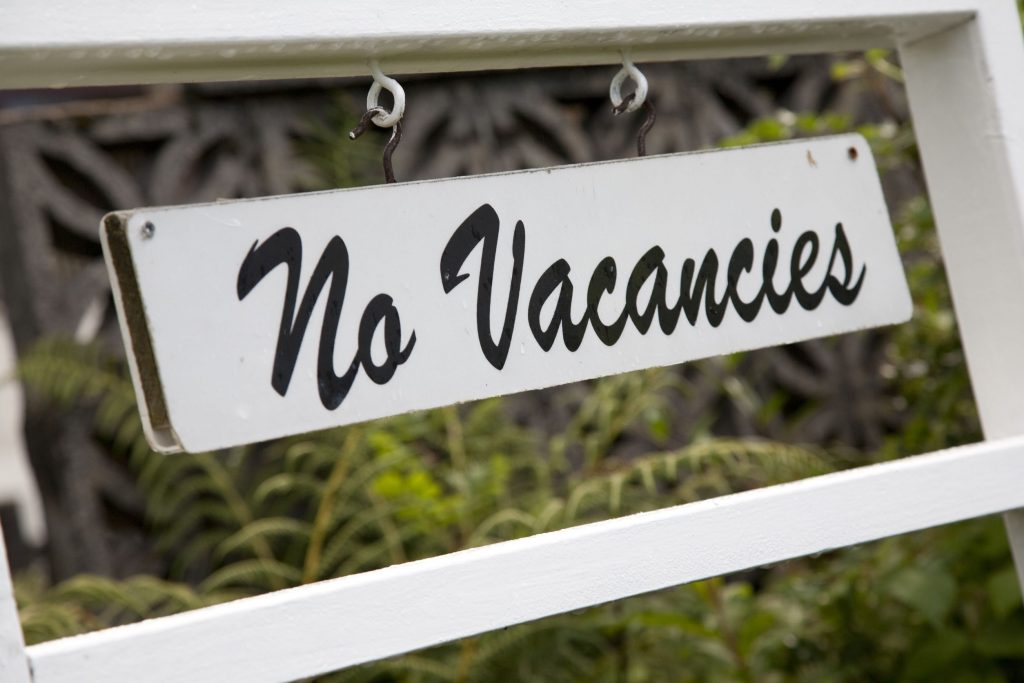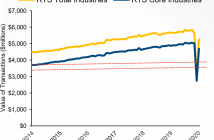New Zealand is likely to start feeling the effects of “tourism fatigue” as record-breaking visitor numbers put an increasing strain on accommodation and infrastructure, a property expert says

Dean Humphries, Hotels National Director at Colliers International, says New Zealand’s tourism boom has continued unabated for the last five years, with 3.7 million visitors coming to our shores last year.
That figure is set to rise this year, with the Ministry of Business, Innovation and Employment forecasting tourist numbers will grow to 3.9 million in 2018.
Humphries says that’s good news for the hotel sector, which has been enjoying record high occupancy and room rates in all major centres.
However, Humphries says we are also likely to see the start of what many in the industry call “tourism fatigue”.
“The significant influx of visitors over the past five years – rising from 2.7 million to 3.7 million per annum – is now having an impact on a wide range of factors including key infrastructure and tourist attractions, accessibly to accommodation for those working in key tourism regions, and a general tiring of wider public based on the high volume of tourists in our country.”
Global boom
Humphries says this trend is not likely to go away, noting a global boom in tourism is forecast to continue into the foreseeable future.
“The world population is currently going through a transformational change, with less emphasis on material possessions and replacing these with ‘global travel experiences’.
“New Zealand is on many people’s bucket list as a ‘must visit’ destination, driven in part by our image as a safe and friendly country – a key priority for many travellers in 2018.
“We therefore need to ensure we are ready for even more tourists in the future, and to implement strategies to cope with this growth.”
Humphries says immediate investment in key tourism infrastructure should now be top of the agenda.
“Central and local government and the wider public need to be better informed of the many key economic and other benefits tourism will bring to our country over the next decade, including employment opportunities, new business ventures and significant economic growth – not only in the key city centres but right throughout New Zealand.”
Key trends
Alongside “tourism fatigue”, Humphries predicts a number of new and existing trends will emerge in the New Zealand hotel and tourism sectors:
- Occupancy rates will start to plateau in most key regions due to inventory constraints over peak periods, limited new supply and the impact of seasonality;
- Room rates will continue to increase, albeit at slightly lower levels then the recent past, as tourists scramble to secure accommodation at peak periods, leading to pent up demand and price escalation;
- Central and local government will keep an increasingly close eye on short stay accommodation platforms such as Airbnb, monitoring their impact on wider rental availability/affordability in key tourism markets and the requirement for ‘hosts’ to be under the same regulatory frameworks as more conventional short stay accommodation providers
- More hotels will be offered to the market for sale as some owners take advantage of the buoyant investment climate and look to divest of their assets after benefitting from a significant uplift in value over recent years;
- New hotel construction will increase, particularly in Auckland and Queenstown as these centres cry out for more accommodation. However, rising labour and material costs and wider constraints in the construction sector may inhibit significant new development in the sector over the short term.
“The government needs to look with some urgency at ensuring visitors continue to have a great experience – and to reassure Kiwis of its commitment to providing better facilities for all tourists visiting our shores,” says Humphries.



